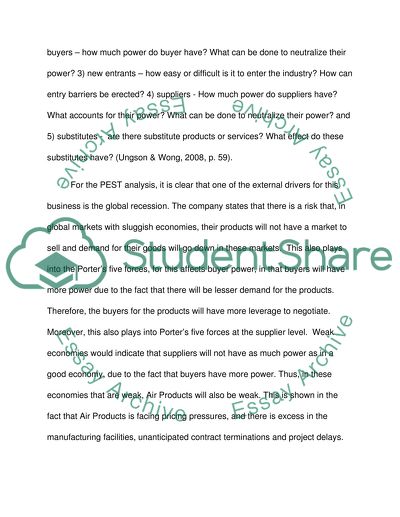Cite this document
(“GLOBAL STRATEGIC MANAGEMENT Essay Example | Topics and Well Written Essays - 5000 words”, n.d.)
Retrieved from https://studentshare.org/environmental-studies/1411478-global-strategic-management
Retrieved from https://studentshare.org/environmental-studies/1411478-global-strategic-management
(GLOBAL STRATEGIC MANAGEMENT Essay Example | Topics and Well Written Essays - 5000 Words)
https://studentshare.org/environmental-studies/1411478-global-strategic-management.
https://studentshare.org/environmental-studies/1411478-global-strategic-management.
“GLOBAL STRATEGIC MANAGEMENT Essay Example | Topics and Well Written Essays - 5000 Words”, n.d. https://studentshare.org/environmental-studies/1411478-global-strategic-management.


